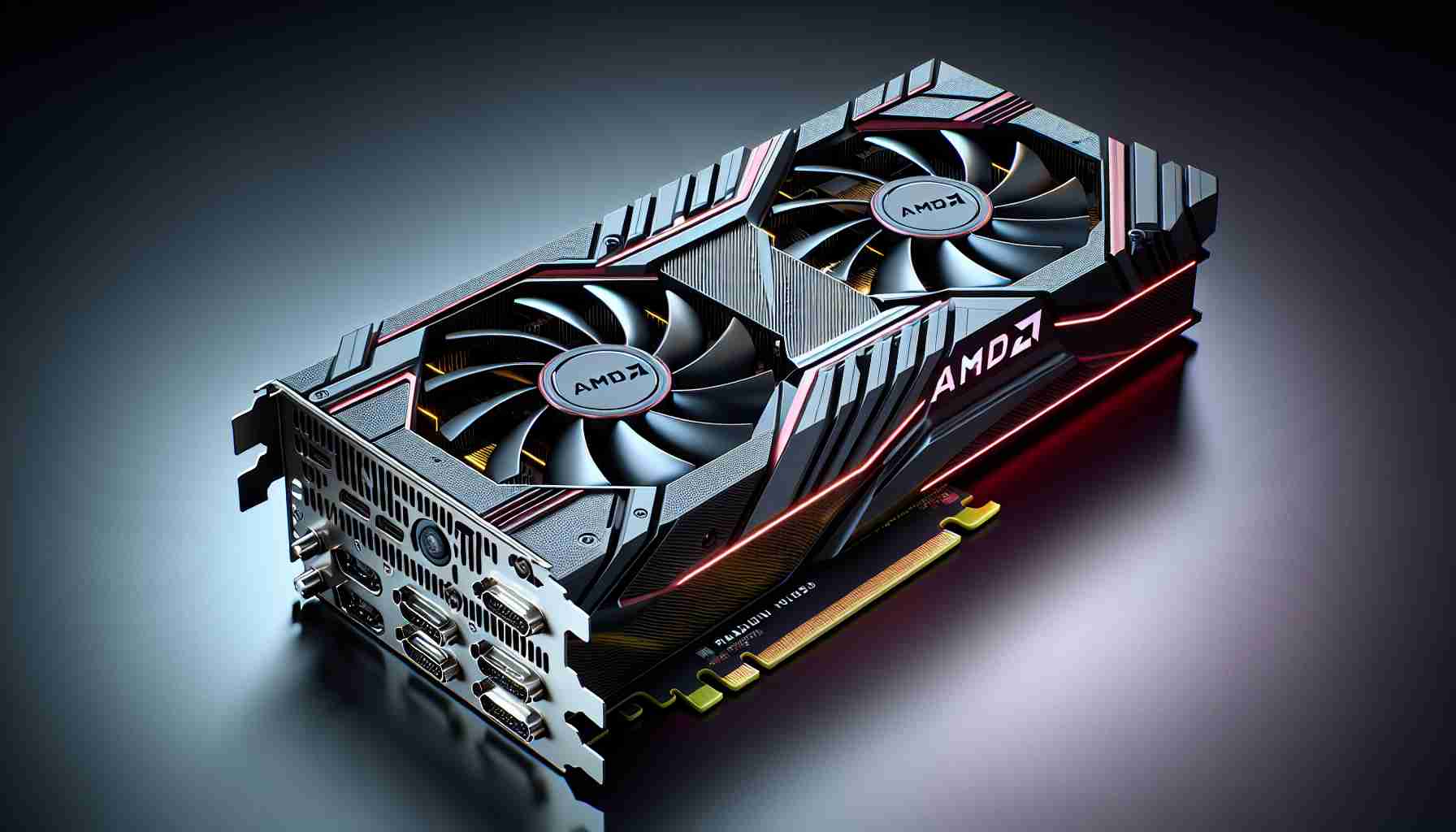The year 2024 is shaping up to be an exciting one for technology enthusiasts, with major GPU manufacturers such as AMD, Intel, and Nvidia all set to unveil their latest offerings. One of the most highly anticipated releases is the AMD Radeon RX 8000 series, which promises to build upon the success of its predecessor, the RX 7000 series. While rumors and leaks have been abundant, we explore the core facts surrounding the release date and potential game-changing features of the RX 8000 GPUs.
According to industry predictions, AMD is likely to announce its RDNA 4 GPUs, the Radeon RX 8000 series, in the third quarter of 2024. This strategic timing suggests that AMD aims to capture attention and make an impact in the market before Nvidia releases its next-gen GPUs. Looking back at AMD’s previous release patterns, it is reasonable to expect a late August to early September launch window, aligning with their past behavior and positioning them for success during the holiday season.
One notable aspect of the RX 8000 series is AMD’s commitment to pushing the boundaries of GPU technology. Recent leaks from the Linux community indicate advancements in critical components, such as ATHUB, LSDMA, IH, and HDP, which are vital for the operation of a graphics processor. These improvements, alongside AMD’s utilization of TSMC’s 3nm and 5nm processes, signal their dedication to delivering high-performance GPUs.
When it comes to pricing, consumers should anticipate a higher cost compared to the RX 7000 series. This increase is partly due to a rise in production costs, as TSMC has raised the price of its 3nm wafer process. To mitigate these expenses, AMD may cut costs in other areas, potentially affecting software development. However, the extent of the price increase will depend on how AMD navigates the competitive landscape at the time of release.
Interestingly, multiple sources suggest that the RX 8000 series may focus more on the mid-range market rather than high-end models. This strategic shift could be a result of recent talent departures and layoffs within the AMD Radeon division, as the company seeks to improve its competitiveness against Nvidia. While AMD has made advancements in architecture, power consumption, and features like FSR 3, it has faced difficulties in competing with Nvidia’s high-end offerings.
In conclusion, the AMD Radeon RX 8000 series holds great promise for technology enthusiasts and gamers. As we eagerly await official announcements, it’s clear that AMD is strategically positioning itself to deliver a mid-range lineup that balances technological advancements with competitive pricing. Only time will tell if these game-changing GPUs will take AMD to new heights in the world of graphics processing units and desktops.
Frequently Asked Questions:
1. When is AMD expected to announce the Radeon RX 8000 series?
– According to industry predictions, AMD is likely to announce the Radeon RX 8000 series in the third quarter of 2024, specifically late August to early September.
2. What are the potential game-changing features of the RX 8000 GPUs?
– The RX 8000 series is expected to bring advancements in critical components such as ATHUB, LSDMA, IH, and HDP. Furthermore, AMD is utilizing TSMC’s 3nm and 5nm processes to deliver high-performance GPUs.
3. How is the pricing of the RX 8000 series expected to compare to the RX 7000 series?
– Consumers should anticipate a higher cost compared to the RX 7000 series due to a rise in production costs. TSMC’s price increase for its 3nm wafer process contributes to this, though the extent of the price increase will depend on AMD’s competitive positioning at the time of release.
4. Will the RX 8000 series focus more on the mid-range market?
– Multiple sources suggest a strategic shift towards the mid-range market for the RX 8000 series. Recent talent departures and layoffs within the AMD Radeon division may have influenced this decision as AMD looks to improve competitiveness against Nvidia.
Definitions:
– GPU: Graphics Processing Unit, a specialized electronic circuit that performs calculations and renders images, animations, and video for display.
– RDNA: Radeon DNA, AMD’s latest graphics architecture designed for gaming and visual computing.
– ATHUB: AMD’s Advanced THrottle and Bandwidth Management Hub, a component responsible for managing power and bandwidth allocation in AMD GPUs.
– LSDMA: Low-Level Streaming DMA, a feature that enables direct communication between different parts of the GPU and other system components.
– IH: Infinity Hub, a key component in AMD GPUs responsible for interconnectivity between graphics processing clusters.
– HDP: Host Data Path, a subsystem that handles communication between the GPU and the system memory.
– TSMC: Taiwan Semiconductor Manufacturing Company, a leading semiconductor manufacturing company that produces chips and wafers.
– FSR: FidelityFX Super Resolution, an AMD feature that provides upscaling technology for improved gaming performance and image quality.
Suggested Related Links:
– AMD Website
– Intel Website
– Nvidia Website
The source of the article is from the blog lokale-komercyjne.pl

